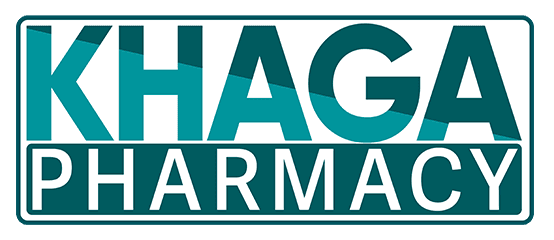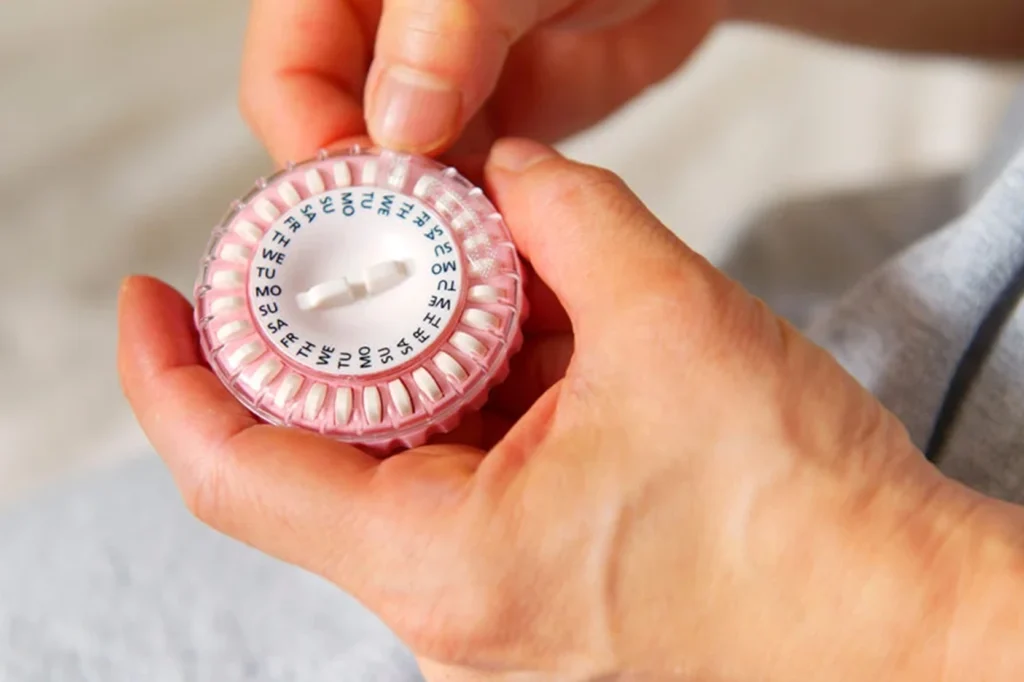Written with expert insight and medical accuracy, this SEO-optimized post empowers women to make informed, safe, and personalized decisions about hormone replacement therapy in consultation with their healthcare provider.
Introduction to Hormone Replacement Therapy:
When our ovaries naturally wind down hormone production during the menopausal transition, many of us experience hot flashes, night sweats, vaginal dryness, and changes in mood or bone density. I’ve worked for years consulting women through this phase and seen firsthand how thoughtful use of hormone replacement therapy can bring real relief and when poorly managed, can carry risks. In this guide I’ll walk you through what hormone replacement therapy is, who it helps, how it works, its benefits and risks, and how to make decisions in partnership with your healthcare provider.
Best results are typically seen when started within about ten years of menopause onset or before age 60 timing matters.
What is hormone replacement therapy and why does it matter:
Hormone replacement therapy (HRT) refers to replacing hormones your body no longer makes in sufficient amounts, particularly after menopause or after early ovarian failure.
When hormone levels especially estrogen fall, it can lead to vasomotor symptoms (hot flashes, night sweats), genitourinary changes (vaginal dryness, urinary symptoms), mood shifts, sleep disruption, and bone loss.
By replenishing these hormones under medical supervision, hormone replacement therapy aims to improve quality of life and prevent long-term consequences of hormone deficiency. Among my patients I’ve seen this therapy make the difference between persistent suffering and restored function but the key is individualization and monitoring.

Pic Credit- Insurance Business America
How does hormone replacement therapy work:
In simple terms, when the ovaries reduce production of estrogen and progesterone, hormone replacement therapy supplies those hormones (or equivalents) to your body.
There are different types and delivery methods:
- Estrogen-only therapy used if you’ve had a hysterectomy (uterus removed).
- Combination therapy (estrogen + progesterone/progestin) used if your uterus is intact, since progesterone protects the lining of the uterus from excessive estrogen stimulation.
- Delivery routes: oral pills, skin patches or gels (transdermal), vaginal rings or creams (local therapy) or sprays. Each method has its own risk-benefit profile. From my experience I always stress: “It’s not just that you’re on HRT it’s which type, how, and when you start.”
Who should consider hormone replacement therapy:
Hormone replacement therapy may be especially appropriate if you are experiencing moderate to severe menopausal symptoms (hot flashes, night sweats, vaginal/genitourinary symptoms) that affect your quality of life.
It’s also considered for women who experience early menopause (before age 40) or surgical menopause, because the hormone loss is abrupt and the risk of long-term consequences (bone loss, cardiovascular risk) is higher. In my practice I’ve often seen younger women benefit greatly from HRT after early ovarian removal.
However, it isn’t suitable for everyone. If you have a history of breast cancer, uncontrolled heart disease, recent stroke, or high risk for blood clots, hormone replacement therapy may not be advised or may require extra caution.
The key is a shared decision-making approach with your doctor where your symptoms, health history, age, timing relative to menopause onset, and personal preferences are all weighed.
Benefits of hormone replacement therapy:
When used appropriately, hormone replacement therapy offers meaningful benefits:
- Relief of vasomotor symptoms (hot flashes, night sweats) and improvement in sleep and mood.
- Improvement in vaginal and urinary symptoms of menopause. Most people don’t realise how much these affect day-to-day life until relief comes.
- Bone-protective effects: estrogen helps reduce bone loss and the risk of fractures in post-menopausal women.
- In some cases, when started early (within 10 years of menopause or before ~60 yrs), the risk profile is lower and the benefit-risk ratio is more favourable.
I tell my clients: “If you’re suffering and your doctor says you’re a suitable candidate, HRT can be life-changing but it’s not a one-size-fits-all magic pill.”
Risks and how to manage them:
Of course, no therapy is risk-free and hormone replacement therapy has its share of potential downsides. The risks depend significantly on the type of hormones, route of administration, age when started, time since menopause begun, and your personal health profile.
Among recognised risks:
- Slightly increased risk of breast cancer with combined estrogen/progestin therapy after 5+ years in some populations.
- Increased risk of blood clots (venous thromboembolism) and stroke particularly when starting older or many years after menopause started.
- Possible gallbladder disease, mood changes, breast tenderness, irregular bleeding.
My advice: before starting hormone replacement therapy we run thorough baseline screening, discuss risks openly, choose the lowest effective dose for the shortest time needed, and plan regular reviews. Starting early (within 10 years of menopause onset) and using transdermal delivery when appropriate tends to reduce certain risks.
Timing, duration and individualized planning:
An important principle in hormone replacement therapy is “the right therapy at the right time for the right person.” Many guidelines underscore that effectiveness and safety are better when therapy is started earlier ideally before 60 years of age or within about 10 years of menopause onset.
Duration: there’s no fixed rule but many clinicians aim to reassess after around 5 years of treatment (or sooner) and decide whether to continue or step down. Some individuals may require longer treatment depending on symptom intensity, risk factors, and health goals.
In my practice I schedule reviews at 6-12 month intervals, monitor bone density, cardiovascular risk factors, breast health, and revisit dose and formulation. If you’re asking yourself “How long will I need hormone replacement therapy?”, that’s exactly the right conversation to have with your provider.
Alternatives and adjuncts to hormone replacement therapy:
If hormone replacement therapy is not suitable (due to risk profile or personal choice) or symptoms are mild, there are other strategies and adjuncts:
- Lifestyle approaches: maintaining healthy weight, regular exercise (especially weight-bearing for bone health), smoking cessation, limiting alcohol, good sleep habits and managing stress.
- Non-hormonal medications: for example, certain antidepressants, gabapentin, or other therapies can help hot flashes and sleep disruption.
- Local (vaginal) low-dose estrogen therapy: if your major symptom is vaginal dryness or urinary/sexual symptoms and your systemic symptoms are minimal, local treatment may suffice with lower systemic exposure.
Remember, even if you don’t choose hormone replacement therapy immediately, you can revisit it later as your symptoms or health status change.
Making informed decisions and monitoring:
Choosing hormone replacement therapy is a journey not a one-time decision. These are the steps I recommend based on years of experience:
- Thorough evaluation: medical history (cardiovascular, breast, clotting, bone), age, timing of menopause, symptom severity.
- Shared discussion of benefits vs risks in your context: make sure you understand the “why” of hormone replacement therapy in your case.
- Choose formulation and route suited to you (oral vs transdermal, systemic vs local) and optimise dose.
- Create a monitoring plan: periodic review every 6-12 months, assess symptoms, side-effects, breast/cardiac/bone health, consider stepping down when appropriate.
- Stay informed: medical guidelines evolve, so keep in touch with your provider about new data on hormone replacement therapy.
From my point of view, the message is: when used well, hormone replacement therapy isn’t “risky gambling” it’s a thoughtful therapeutic option and you’re your own best advocate.
FAQ
Most frequent questions and answers
Hormone replacement therapy helps relieve hot flashes, night sweats, vaginal dryness, mood changes and reduces bone loss in menopause.
Best results are typically seen when started within about ten years of menopause onset or before age 60 timing matters.
There’s no one-size answer but you and your doctor should review periodically (often around 5 years) to decide continuation or change.
Conclusion:
Hormone replacement therapy can be a powerful tool for managing menopausal symptoms and improving overall quality of life when used correctly. With expert guidance, personalized dosage, and regular monitoring, it helps balance hormones safely while minimizing risks. Every woman’s needs are different, so open discussion with your healthcare provider is essential. When thoughtfully prescribed, hormone replacement therapy not only restores comfort but also supports long-term bone, heart, and emotional health during and after menopause.








